In recent days, the crypto space has seen a series of major events, the most significant being the formal implementation of the (GENIUS Act). This is the first federally signed cryptocurrency law in U.S. history, focusing on bringing stablecoins into the compliance track of the 'dollar system'.

In the future, all legally issued stablecoins must meet the 1:1 dollar or short-term U.S. Treasury asset anchoring, and regularly disclose reserve details. This marks the acceleration of 'Dollar 2.0' coming into existence, with stablecoins officially upgrading from 'wild roles' to legitimate members of the financial system, and regulatory dividends are about to be released.
BTC and ETH are experiencing high-level oscillation, while mainstream coins are entering a consolidation period.
From the market perspective, Bitcoin surged to $123,000 on the evening of July 15, reaching a new peak, but subsequently, due to CPI data and some funds taking profits, it experienced a maximum pullback of $7,000. Currently, Bitcoin is in a sideways adjustment phase, with the daily structure leaning towards oscillation, support at $117,000, and resistance at $121,000. The market has not collapsed; the pullback is more of a consolidation.

Ethereum recently surged from $2800 to $3600, showing rapid growth. It is currently stuck at the key Fibonacci 0.786 retracement level, while $4000 is also a historical strong resistance zone, making it difficult to break through in the short term. Personally, I believe ETH may have to wait until August or even Q4 to see a real main upward wave.
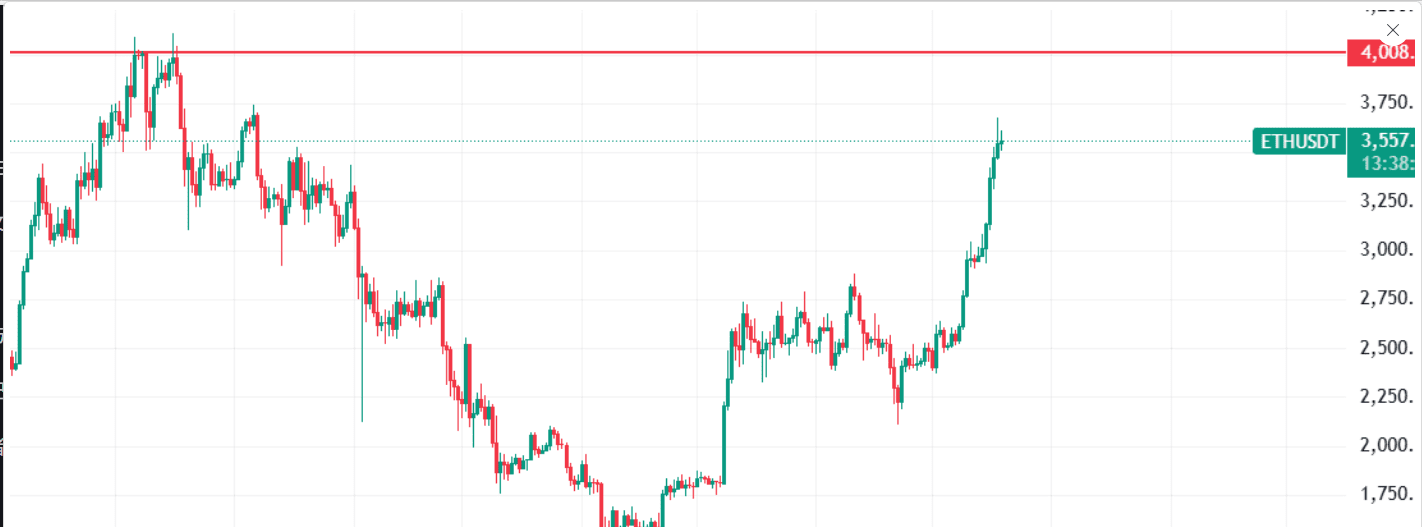
Altcoin hot spots are rotating, with local markets being exciting and varied.
As mainstream coins take a break, the altcoin sector has clearly begun to enter a rotation phase, with some small coins taking advantage to rise.
Pump.fun raised $600 million at its launch, but its market value has now fallen back to $420 million. Although I still hold a small position for testing, without hot topics to support it, the project's popularity is difficult to maintain.
EGL1 recently participated in the WLFI trading competition, and its price is currently stable around $0.09. If it can eventually be listed on the BN exchange, it would undoubtedly be a qualitative change point.
Although Uptop has the favorable news of 'Nasdaq acquisition', the positive news actually turned into a negative, and after the hype died down, I have already cleared my position at a high level. Next, I will wait for further dips before reconsidering.
KOMA, this veteran project, has surprisingly stable performance and possesses some undervalued potential in the current altcoin market, making it an observation object for medium to low market cap speculation.
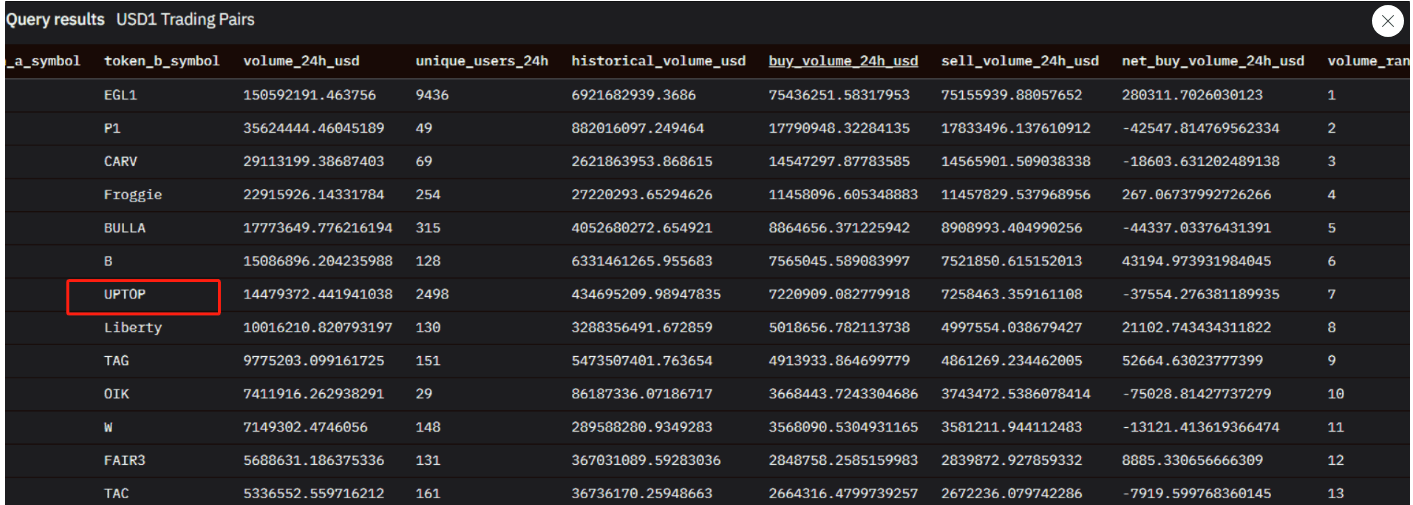
Dogecoin: Waiting for the 'lurking period' before the breakout.
Many readers are concerned about the future of #DOGE. Dogecoin has now re-established itself above the monthly MA25, but from the monthly MACD perspective, it has not yet escaped the dead cross structure, showing a gap compared to the fully bullish state in past bull markets.
At the current stage, I prefer to view it as an internal oscillation trend within a channel. Slowly pushing up from the lower support point A, while the target upper point B has not yet been reached, the main operation should still be range-based, as the real main upward wave has not yet started, and excessive aggression is not advisable.
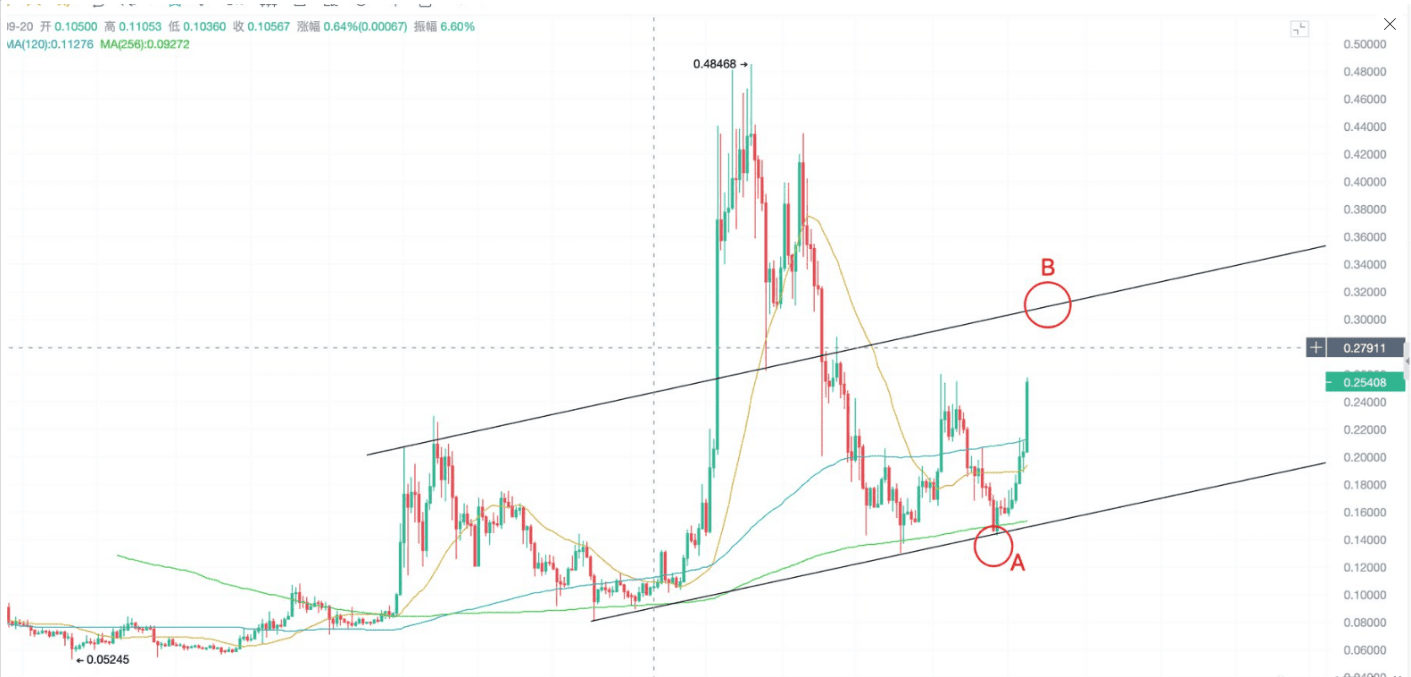
WIF: The cycle of the 'hat dog' is not over yet.
WIF, one of the hottest meme coins in the Solana ecosystem, has ranked among the top three memecoins since its launch over six months ago, even briefly surpassing PEPE. Although it lacks practical utility, its community enthusiasm has driven a wave of 'hat animal coin' market.
This coin surged to $5 at the end of March and then entered a high-level consolidation phase. It has recently become active again, successfully standing above the rising trend line, with moving averages in a bullish arrangement and the Bollinger Bands beginning to expand. However, on the technical side, $1.127 is a strong resistance level, and MACD with trading volume suggests a potential short-term pullback.
The 4-hour chart shows that WIF is in a high-level consolidation phase. The RSI divergence combined with multiple bearish candlesticks indicates that short-term bears are dominating the rhythm. However, the mid-term structure still exists, and if the price retraces to the key support zone, it would actually be a good opportunity for buying on dips.
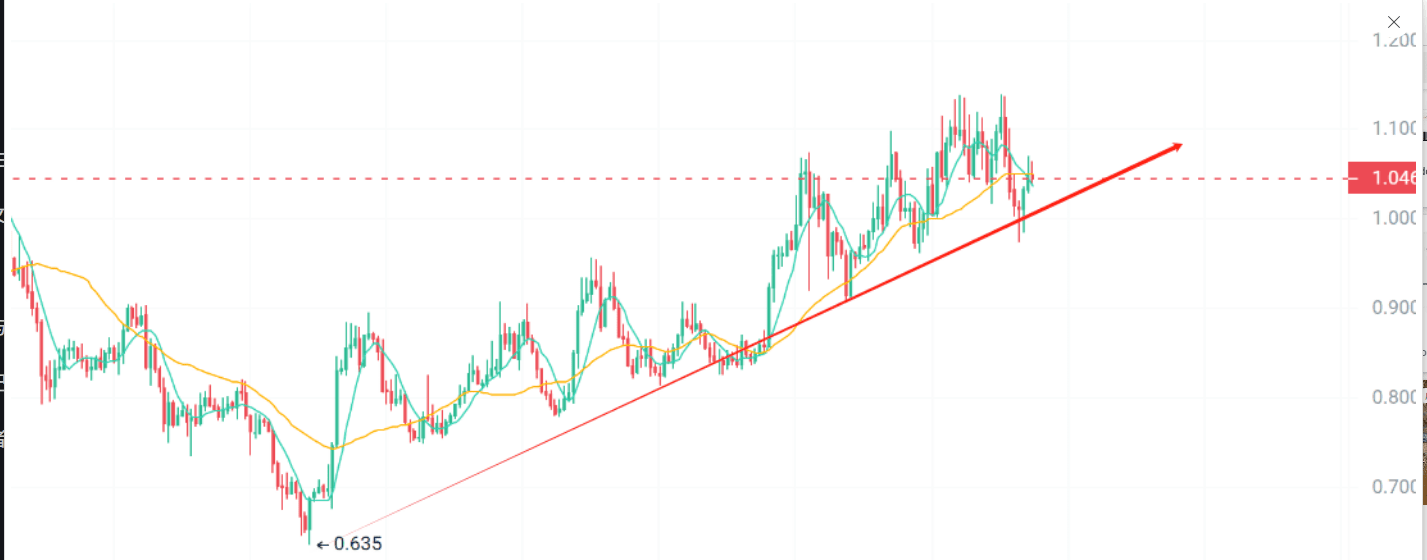
WLD: Positive news returns, but pressure still remains.
WLD had surged to nearly $12 at the beginning of the year, but then continued to weaken, becoming a pain point for many who got 'stuck'. However, the project seems to be quietly recovering recently.
Supported by Sam Altman's 'eyeball recognition' concept, it is warming up again with the AI theme. At the end of June, WLD rebounded from $0.79 to $1.15, mainly due to the expansion of Orb devices to 46 countries globally, while market sentiment began to recover. Currently, a golden cross has appeared in the technical aspect, with a short-term target to challenge the 200-day moving average.
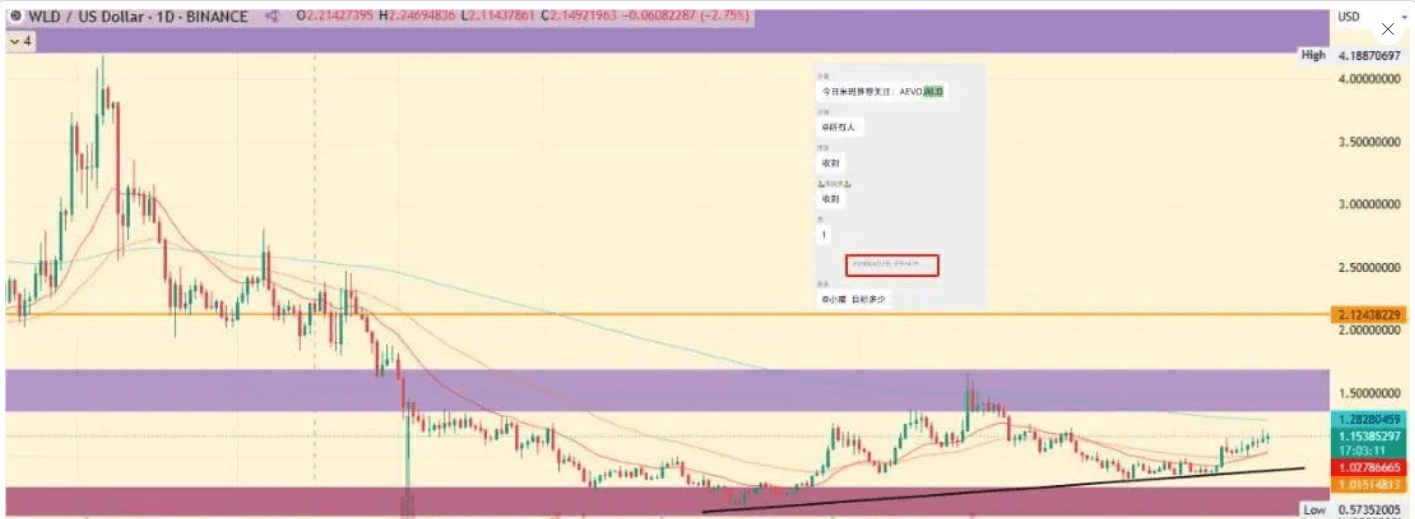
The important resistance levels are between $1.60 and $2.12. Once a trend reversal (ChoCh) occurs, testing $4 by the end of the year is not a fantasy. But don't forget, WLD can rise from $0.57, but it can also drop back from a high position—position control must be cautious, and heavy or full-position bets are not recommended.
Summary: Don't rush, the market has just entered the mid-game.
The current market has entered a structurally rotational phase that is different from the past; it's no longer 'who rises the most is the strongest', but rather a contest of hot topics, funds, and rhythm. Overly fantasizing about an overnight success or 'directly flying up' can easily lead to being harvested by the market in the opposite direction.
The upcoming strategy should focus on position management + rotation tracking + risk control. Calm observation and flexible response are the keys to navigating through bull and bear markets.